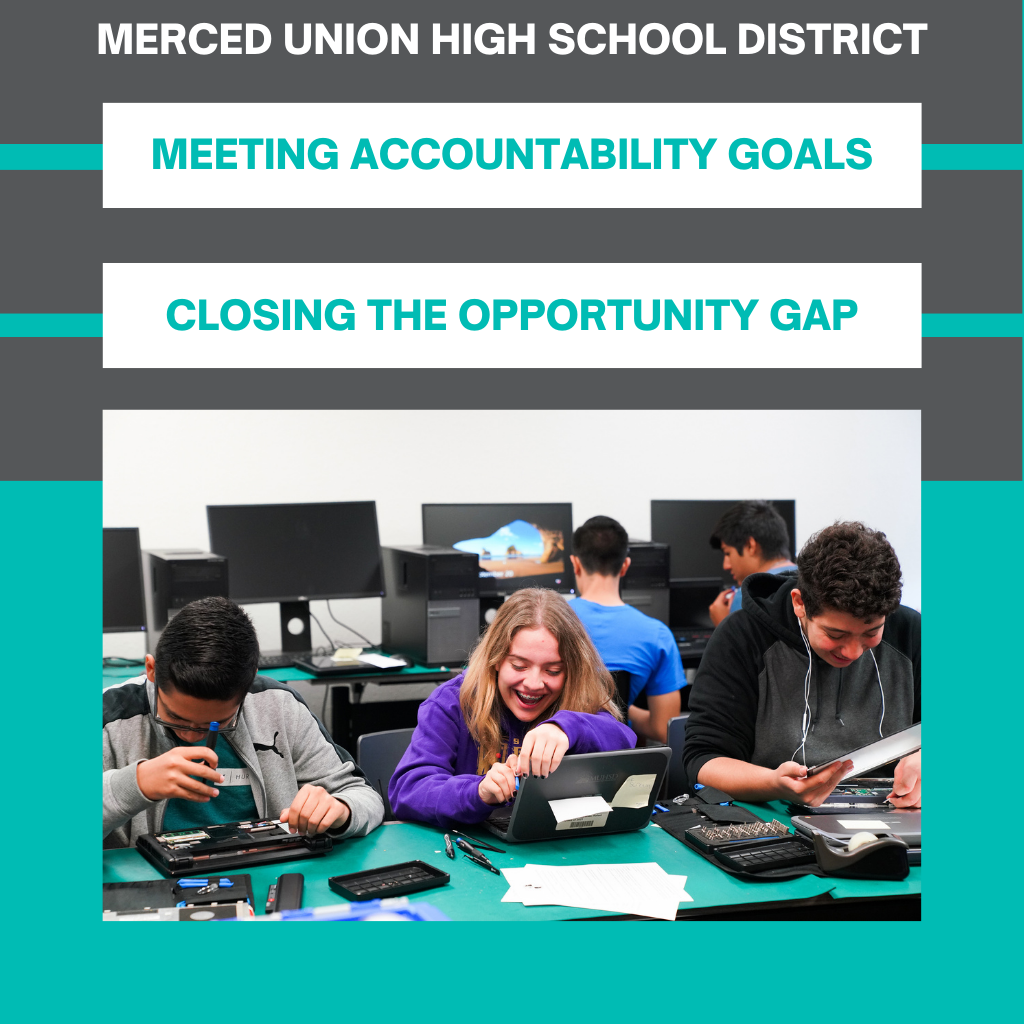Strategies for Equitable Family Engagement: Making Equitable Family Engagement “Business as Usual”

We also need to ensure that our schools are welcoming to families. We cannot partner with or engage families who feel afraid or uncomfortable coming to school.
– Jennifer Orr

INTRO
Ensuring that practices related to promoting or maintaining equitable family engagement become standard practice among school staff can require intentional planning. School and district leaders may consider the following strategies for making equitable family engagement “business as usual.”
OBJECTIVES
- Review the strategies for making equitable family engagement “business as usual”
- Reflect on which areas your school already provides equitable family engagement and which need improvement
- Brainstorm an improvement plan for your commitment to equitable family engagement at your school
Making Equitable Family Engagement “Business as Usual”
Pursue human resource strategies that will attract diverse educators and family engagement staff.
It is important to have school and district staff that understand (and where possible, reflect) the school community to help inclusive family engagement become standard practice. Having diverse school staff that reflect the background or cultures of the broader school community can often accelerate improvements in communication, relationships, and interactions with families by allowing staff to learn from each other.
Ensure communications are accessible to all families.
Limited English proficiency is one of the greatest barriers to school engagement, and providing interpreters is both part of a school’s civil rights requirements and essential to fostering improved family engagement. Likewise, written communications (including websites, newsletters, and direct family communications) must be provided in all relevant home languages to ensure families are directly informed. Using students as interpreters and translators may violate civil rights requirements and may create a negative power dynamic among students, parents, and school staff (e.g., when students are responsible for translating information about their own behavior or performance).
Ensure instructional practices are culturally responsive.
For instructional and engagement practices to be effective, they often need to be adapted or modified to “consider language, culture, and context in such a way that is compatible with [families’] cultural patterns, meaning, and values.” These adaptations may be minor or substantial, depending on the scope of the practices and the specific cultural values within the school community.
TIPS
- This is one part of the complete Strategies for Equitable Family Engagement; there are 5 total areas—we recommended reviewing and working on these strategies within your leadership team—or better yet, a family and community engagement team. Once everyone understands the complete strategy, each area can be spearheaded by a different individual or smaller team.
- Strategies for Equitable Family Engagement: Making a Commitment to Equitable Family Engagement
- Strategies for Equitable Family Engagement: Making Equitable Family Engagement “Business as Usual”
- Strategies for Equitable Family Engagement: Building Relationships Between Staff and Families
- Strategies for Equitable Family Engagement: Meaningfully Involving and Engaging Families and Trusted Community Advocates
- Strategies for Equitable Family Engagement: Engaging Outside of the School Building




Responses